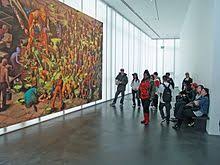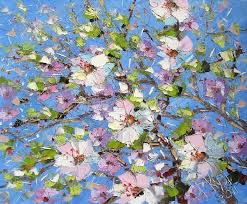movements
RUSSIAN Vanguard. MAIN DIRECTIONS (part 1)
 The concept of avant-garde. And its differences from modernism.
The concept of avant-garde. And its differences from modernism.
What is the difference between avant-garde and modernism? This issue is still controversial; There are several enduring traditions of understanding the differences between avant-garde and modernism. There is only one way out: use the version that seems the most intelligible and logical.
First, chronologically, modernism preceded the vanguard. Vanguard is a product of the revolutionary era of the early twentieth century, while modernism arose at the end of the nineteenth. Continue reading
EXCURSION TO THE WORLD OF BATIKA
 Batik – batik is an Indonesian word. Translated from Indonesian, the word “va” means cotton fabric, and “-tik” means “dot” or “drop”. Ambatik – draw, drop, hatch. The batik technique is based on the fact that paraffin, rubber glue, as well as some other resins and varnishes, when applied to the fabric, do not let the paint through them – or, as the artists say, “reserve” certain areas of the fabric from painting.
Batik – batik is an Indonesian word. Translated from Indonesian, the word “va” means cotton fabric, and “-tik” means “dot” or “drop”. Ambatik – draw, drop, hatch. The batik technique is based on the fact that paraffin, rubber glue, as well as some other resins and varnishes, when applied to the fabric, do not let the paint through them – or, as the artists say, “reserve” certain areas of the fabric from painting.
There are several types of batik – hot, cold, free painting. They differ in the way they reserve fabric. Wax is used as a reserve in hot batik. Wax is applied using a special tool called chanting. Waxed areas do not absorb paint and also limit its spread. Hot batik is called hot because wax is used in a “hot” molten form. This method is mainly used for applying a color image to a cotton fabric. Continue reading



